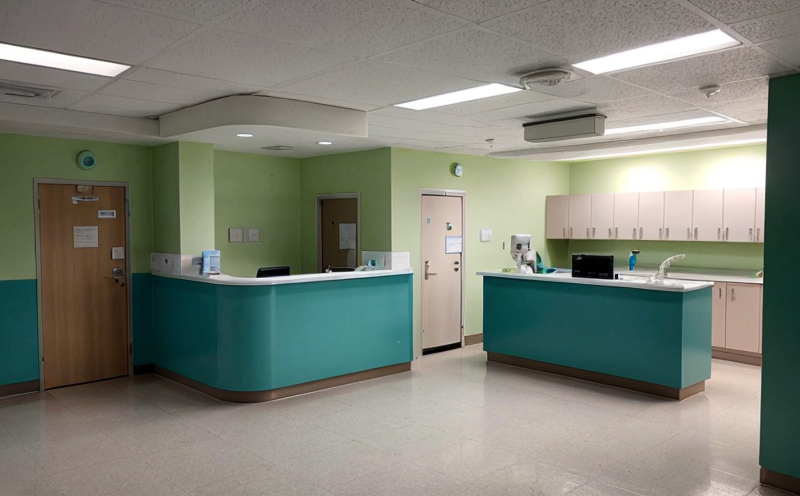EN 14476 Virucidal Activity Testing for Hospital Disinfectants
The EN 14476 standard is pivotal in ensuring that hospital disinfectants are capable of effectively eliminating harmful viruses, which is critical to maintaining a safe and hygienic environment. This standard specifies the requirements for testing virucidal activity, ensuring that disinfectants meet stringent criteria set by international standards.
Compliance with EN 14476 is essential for manufacturers of hospital disinfectants who wish to ensure their products are effective against a wide range of viruses. By following this standard, companies can demonstrate their commitment to providing safe and efficacious products that meet the needs of healthcare facilities worldwide.
The test procedure outlined in EN 14476 involves exposing virus-containing solutions to the disinfectant under controlled conditions. The effectiveness is then determined by comparing the viral load before and after exposure. This process ensures that any product labeled as virucidal adheres to rigorous scientific standards.
This standard is particularly important in the healthcare sector, where a single error can have severe consequences. By ensuring compliance with EN 14476, manufacturers can help protect patients from potentially life-threatening infections and safeguard healthcare workers from exposure to harmful viruses. The standard's stringent requirements make it a cornerstone of quality assurance practices within the industry.
Understanding the nuances of this testing method is crucial for R&D engineers and compliance officers in the sector. It involves not only understanding the technical aspects but also recognizing how these tests impact broader healthcare policies and patient safety protocols.
Benefits
- Ensures effective elimination of viruses, thereby enhancing patient safety.
- Supports compliance with international standards, which is crucial for global markets.
- Improves the reputation and trustworthiness of healthcare products in the market.
- Aids in meeting regulatory requirements, reducing legal risks associated with product non-compliance.
- Facilitates easier access to international markets by meeting stringent standards.
International Acceptance and Recognition
The EN 14476 standard is widely recognized and accepted across Europe, the Middle East, Africa (EMEA), North America, Latin America, Asia Pacific, Japan, and India. Its acceptance is due to its rigorous testing procedures and commitment to public health.
Many countries have adopted this standard as a means of ensuring that products used in their healthcare facilities meet the highest standards for virucidal activity. This recognition underscores the importance of adhering to such standards, not only for manufacturers but also for regulatory bodies overseeing healthcare products.
Use Cases and Application Examples
| Application Example | Description |
|---|---|
| Hospital Disinfectants | This includes products used in intensive care units, operating rooms, and other high-risk areas where cross-infection must be strictly minimized. |
| Medical Equipment | Disinfectants used on medical devices such as stethoscopes and blood pressure cuffs. |
| Critical Areas | Areas in hospitals where cross-infection is particularly high, like emergency departments or areas for immunocompromised patients. |
| Infection Control Programs | Programs aimed at reducing the incidence of nosocomial infections, which can lead to prolonged hospital stays and increased costs. |





